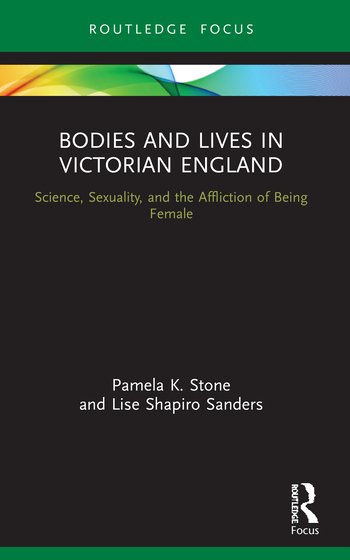

Most ebook files are in PDF format, so you can easily read them using various software such as Foxit Reader or directly on the Google Chrome browser.
Some ebook files are released by publishers in other formats such as .awz, .mobi, .epub, .fb2, etc. You may need to install specific software to read these formats on mobile/PC, such as Calibre.
Please read the tutorial at this link: https://ebookbell.com/faq
We offer FREE conversion to the popular formats you request; however, this may take some time. Therefore, right after payment, please email us, and we will try to provide the service as quickly as possible.
For some exceptional file formats or broken links (if any), please refrain from opening any disputes. Instead, email us first, and we will try to assist within a maximum of 6 hours.
EbookBell Team

4.3
18 reviewsThis volume offers an overview of what it was like to be female and to live and die in Victorian England (c. 1837-1901), by situating this experience within the scientific and social contexts of the times.
With a temporal focus on women’s life experience, the book moves from childhood and youth, through puberty and adolescence, to pregnancy, birth, and motherhood, into senescence. Drawing on osteological sources, medical discourses, and examples from the literature and cultural history of the period, alongside social and environmental data derived from ethnographic and archival investigations, the authors explore the experience of being female in the Victorian era for women across classes. In synthesizing current research on demographic statistics, maternal morbidity and mortality, and bioarchaeological evidence on patterns of aging and death, they analyze how changing social ideals, cultural and environmental variability, shifting economies, and evolving medical and scientific understanding about the body combined to shape female health and identity in the nineteenth century. Victorian women faced a variety of challenges, including changing attitudes regarding appropriate behavior, social roles, and beauty standards, while grappling with new understandings of the role played by gender and sexuality in shaping women’s lives from youth to old age.
The book concludes by considering the relevance of how Victorian narratives of womanhood and the experience of being female have influenced perceptions of female health and cultural constructions of identity today.